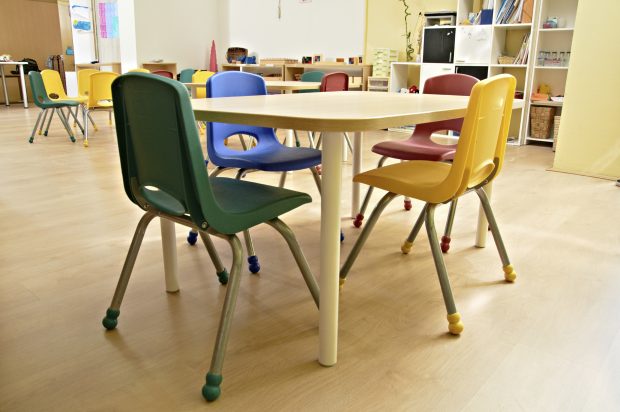
Today’s news review examines coverage of our fairer funding announcement, the Key Stage 2 results tables and a UCAS report.
Fairer funding formula
On Wednesday, 14 December, the Secretary of State made a statement to Parliament setting out the government’s fairer school and high needs funding proposals.
The proposals are subject to a 14-week consultation, which will close on 22 March 2017 and are based on the principles and broad design outlined in the first stage of the national funding formula consultation, which received strong support earlier this year.
Our announcement was picked up widely, running in the Guardian, Telegraph, BBC News, Schools Week, TES and in print in the Financial Times, the Times, the Mirror and the i.
The proposals were approached in a number of different ways, with most outlets concentrating on the 10,000 schools set to get more money when the new formula is brought in.
The Guardian and the Mirror lead on the number of schools which would receive slightly less funding. What is lacking is that the new proposals address current unfairness in the funding system.
It is important to point out that, under the new formula:
- More than 10,000 schools will gain funding, including more than 3,000 receiving an increase of more than 5% - up to 3% in per pupil funding in 2018-19 and a further 2.5% in 2019-20
- Significant protections have also been built into the formula so that no school will face a reduction of more than more than 1.5 per cent per pupil per year or 3 per cent per pupil overall
- For pupils with high-level special educational needs (high needs), where funding changes could be even more acutely felt by the most vulnerable young people in our society, no area will see their funding reduce. Local authorities due to see gains on high needs will see increases of up to 3% in each of 2018-19 and 2019-20
Education Secretary Justine Greening said:
Our proposed reforms will mean an end to historical unfairness and underfunding for certain schools.
We need a system that funds schools according to the needs of their pupils rather than their postcode, levelling the playing field and giving parents the confidence that every child will have an equal opportunity to reach their full potential.
Key Stage 2
Today, Thursday, 15 December, we published Key Stage 2 performance tables. This is the first time the public has seen the new attainment and progress measures at school level.
For the first time, the data includes a breakdown of attainment and progress results by pupil characteristics, such as eligibility for free school meals, and ethnicity. It also included the number of schools below the floor standard, broken down geographically.
The results were picked up by the TES, Telegraph, Schools Week, BBC News, and the Guardian.
Many outlets concentrated on the number of schools that were below the floor standard. This summer, the Government pledged that no more than 6% of schools would be below the floor standard in 2016. The data shows that 5% of schools are below the floor standard.
In 2016, the new more challenging national curriculum, which was introduced in 2014, was assessed by new tests and interim frameworks for teacher assessment. A number of outlets compared last year’s results to these. Due to the difference in the curriculum, the results are not comparable.
Results are no longer reported as levels: each pupil receives their test results as a scaled score. Progress scores now show how much well pupils do at age 11, compared to all other pupils across England who had similar results to them at age 7.
School Standards Minister Nick Gibb said:
This year's SATs are the first that test the new primary school curriculum in English and maths that we introduced in 2014. This new curriculum raises expectations and ensures pupils become more accomplished readers and are fluent in the basics of arithmetic, including times-tables, long division and fractions.
Many schools have responded well to this more rigorous curriculum, supporting their pupils to be leaving primary school better prepared for the demands of secondary school.
UCAS
Today, Thursday, 15 December UCAS published its end of cycle report for 2016 detailing university applications and acceptance rates for 2016.
The report was featured in the Times, the Sun, the Guardian, Independent, Telegraph and the Daily Mail.
There were a number of approaches made to reporting UCAS’ findings. Some concentrated on the increase in EU students being accepted, while others reported there was gap between rich and poor students gaining a place.
Those who said there was a growing gap between rich and poor failed to point out that entry rates for the most disadvantaged areas have increased to record levels.
Universities and Science Minister Jo Johnson said:
It is welcome news that record numbers of students secured places at university this year and that people from disadvantaged backgrounds are now more than a third more likely to enter higher education than in 2010. However, we know there is more to be done if we are to truly make this a country that works for everyone.
That is why this government has put social mobility at the top of its agenda. Our reforms are raising standards – there are now 1.8 million more children in good or outstanding schools than in 2010 and through our Higher Education and Research Bill, we are ensuring all institutions go further and faster to promote social mobility.
Submit your proposals to the second funding formula schools consultation here and high needs here.